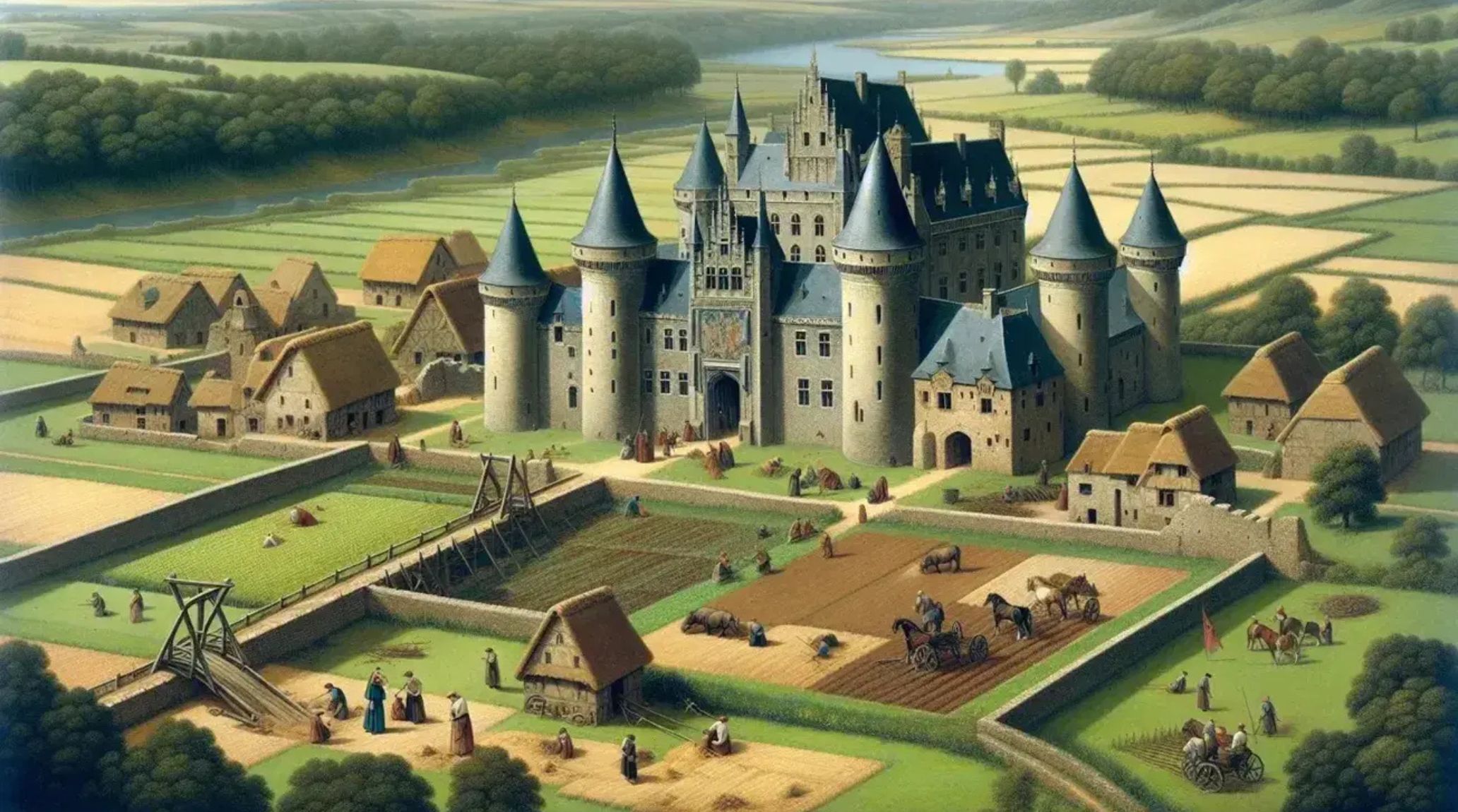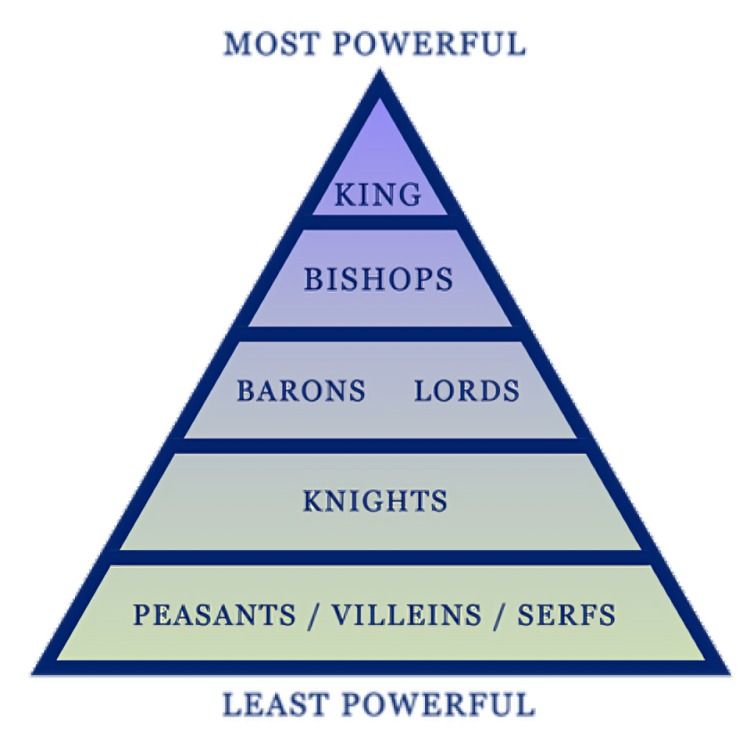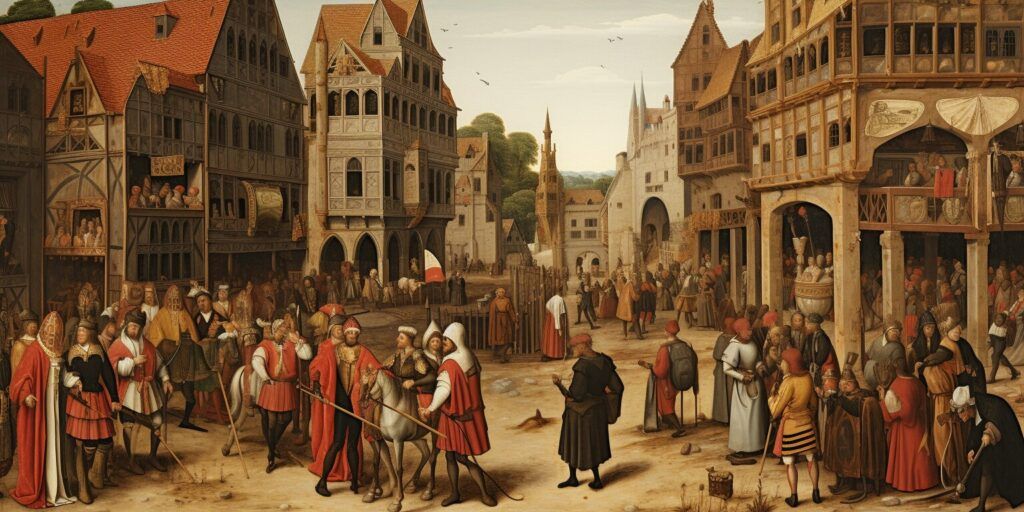
“
The rise of feudalism in Medieval Europe marked a transformative era in history, shaping the political, economic, and social structures of the time. This system, rooted in land ownership and loyalty, defined relationships between lords, vassals, and peasants. Feudalism created a framework for governance during a period of turmoil, fostering stability in fragmented kingdoms. Discover amazing facts about the rise of feudalism in Medieval Europe, its origins, key features, and its lasting influence on European history. Delve into how it reshaped medieval society and laid the groundwork for future political systems.1
1
1
”
Feudalism emerged in Medieval Europe after the fall of the Roman Empire as a response to the need for protection and stability during a time of frequent invasions and political instability. 1
The system was based on a hierarchy of land ownership and obligations, where kings granted land to nobles in exchange for military service and loyalty, creating a tightly bound network of relationships.2
At the top of the feudal hierarchy was the king, who owned all the land but distributed it to powerful lords, known as vassals, who ruled over regions and provided soldiers for the king's army.3
Lords, in turn, granted portions of their land to knights, who swore fealty to them in exchange for protection and the right to manage the land and collect taxes from peasants. 4

The lowest class in feudal society were the serfs or peasants, who worked the land for the lords. They were bound to the land and had little freedom, though they were protected in return.
Feudalism promoted a system of mutual obligation, where lords provided security and justice, and vassals pledged military service or other support, creating a highly decentralized form of governance. 5
The concept of "fief" was central to feudalism. A fief was a piece of land granted to a vassal, who, in return, promised military service and loyalty to the lord who granted the fief. 6
The relationship between lords and vassals was formalized by a ceremony known as "homage," where the vassal would kneel before the lord, swear loyalty, and receive a token of land, like a sword or a piece of land. 7
Feudalism was not just political but also economic, as land ownership dictated the production of goods, with the majority of Europe’s wealth being derived from agricultural labor performed by peasants.8

In feudal society, the church supported royal authority as divinely ordained, encouraged humility, and upheld moral values by aiding the poor, including providing food to impoverished communities.
Feudalism helped stabilize Europe during the early Middle Ages, as it ensured that local lords were responsible for maintaining order, defending their territories, and administering justice without central government interference. 9
The feudal system allowed the noble classes to control vast territories without the need for a powerful centralized government. Local lords held the real power in their regions, often acting as independent rulers. 10
Feudalism’s military aspect was key to its success, with knights forming the backbone of medieval armies. In return for land, knights had to provide military service when called upon by their lords. 11
In some regions, feudalism evolved into a more complex structure with multiple levels of vassals, where a single lord might have several sub-vassals who controlled smaller fiefs within the larger domain. 12

The decline of the Roman Empire and the invasions by the Vikings, Magyars, and Muslims accelerated the rise of feudalism, as it provided local protection and a more organized defense mechanism.
Over time, the power dynamics in feudalism shifted as some knights and lords gained wealth and power, allowing them to challenge their overlords or even gain enough influence to become independent rulers. 13
Feudalism began to decline in the late Middle Ages due to economic changes, such as the growth of trade, the rise of towns, and the emergence of a more centralized government in many European nations. 14
The practice of primogeniture, where the eldest son inherited land, played a significant role in the feudal system, ensuring that estates remained intact and under the control of one family member.15
The idea of chivalry, a code of conduct for knights, was closely tied to feudalism. It emphasized honor, loyalty, and the protection of the weak, guiding knights in their service to their lords and society.16
Feudalism shaped the development of medieval society in lasting ways, influencing everything from the structure of European monarchies to the role of the Catholic Church and the development of local economies. 17


